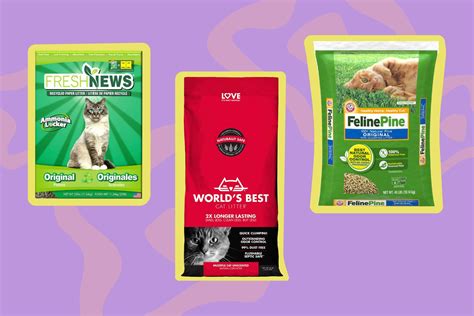Introduction
Clay cat litter is a popular choice among cat owners due to its effectiveness, affordability, and ease of use. However, with the growing demand for eco-friendly products, many cat owners are considering alternative options. This article explores the pros and cons of clay cat litter, comparing it to other types of litter to help cat owners make an informed decision.

Clay Cat Litter: Pros and Cons
Pros:
- Effective odor control: Clay is highly absorbent and effectively traps odors.
- Clumping ability: Clay litter forms tight clumps around urine, making it easy to scoop and remove.
- Affordable: Clay litter is one of the most economical litter options available.
- Widely available: Clay litter is readily available at most pet stores and supermarkets.
Cons:
- Environmental impact: Clay mining can have negative environmental consequences, including deforestation and soil erosion.
- Dust production: Clay litter can generate dust when poured or scooped, which can be irritating to both cats and humans.
- Heavy: Clay litter is heavy, making it difficult to transport in large quantities.
- Non-biodegradable: Clay litter is not biodegradable and can accumulate in landfills.
Clay Cat Litter vs. Other Types of Litter
| Litter Type | Pros | Cons |
|---|---|---|
| Clay | Effective odor control, clumping ability, affordable, widely available | Environmental impact, dust production, heavy, non-biodegradable |
| Pine | Natural, lightweight, biodegradable | Absorbency may be lower, dust production, can be more expensive |
| Paper | Biodegradable, flushable, low dust production | May not be as absorbent, can be more expensive |
| Silica gel | Highly absorbent, low dust production | More expensive, not biodegradable |
| Crystal | Low dust production, effective odor control | Can be more expensive, not biodegradable |
How to Choose the Right Cat Litter
When choosing cat litter, consider the following factors:
- Cat’s preference: Some cats have preferences for specific types of litter.
- Odor control: Choose a litter that effectively traps odors to maintain a clean and fresh environment.
- Clumping ability: Clumping litter makes it easy to remove urine and feces.
- Environmental impact: Opt for biodegradable or eco-friendly options if sustainability is a concern.
- Cost: Determine the budget for cat litter and choose an option that meets your financial needs.
The Future of Clay Cat Litter
While clay cat litter remains a popular choice, the demand for eco-friendly alternatives is growing. Innovations in litter technology are emerging, such as biodegradable clay litter that breaks down naturally in landfills. Additionally, research is being conducted to explore the use of alternative materials like bamboo and hemp in cat litter production.
Conclusion
Clay cat litter offers several advantages, including odor control and clumping ability, but it also has environmental limitations. By comparing clay cat litter to other types of litter, cat owners can make an informed decision that meets their cat’s needs and aligns with their environmental values. As the demand for eco-friendly products increases, the future of clay cat litter may involve biodegradable options and innovative materials that minimize its environmental impact.





















